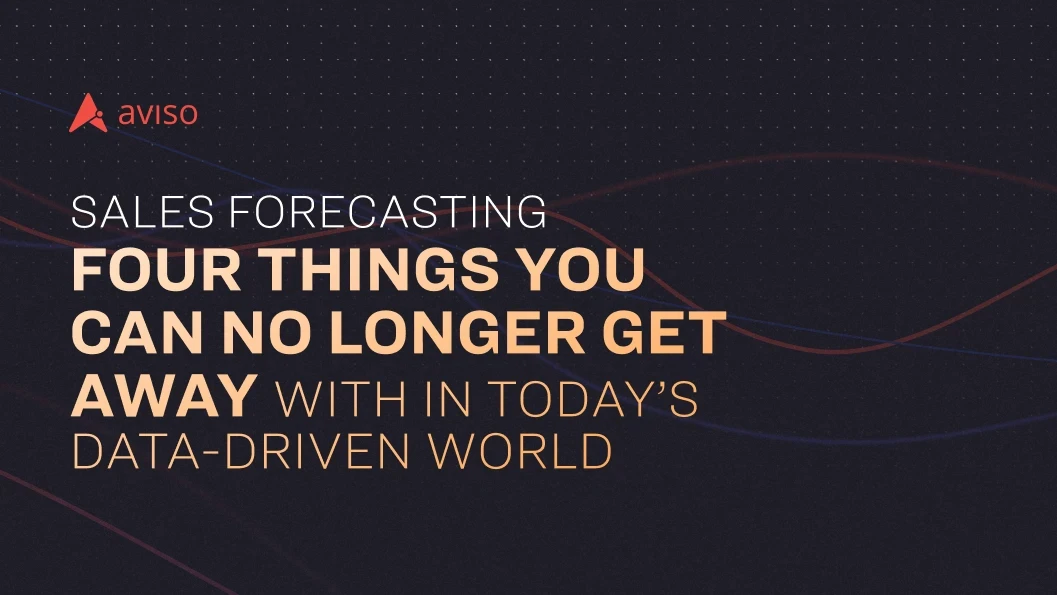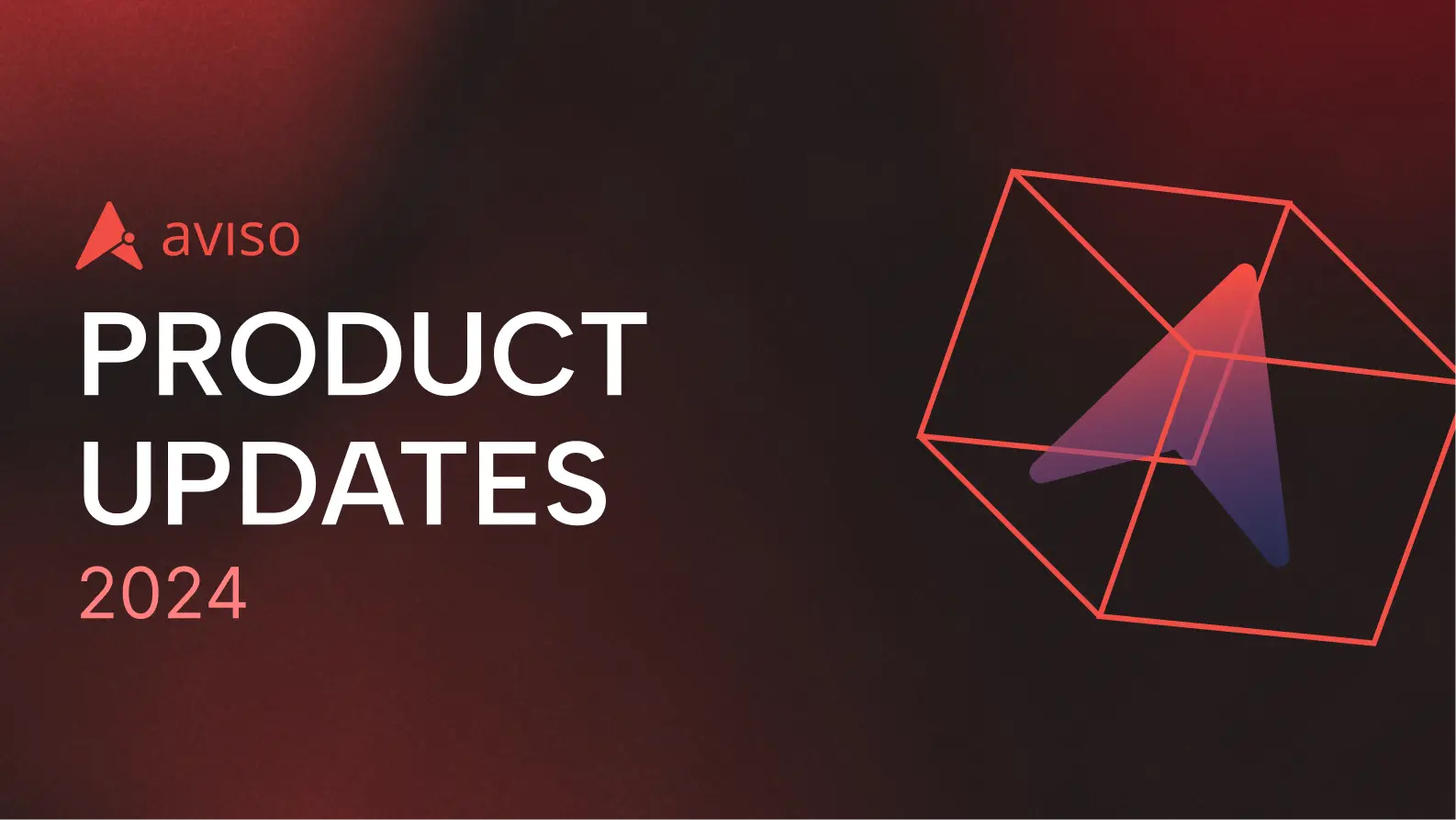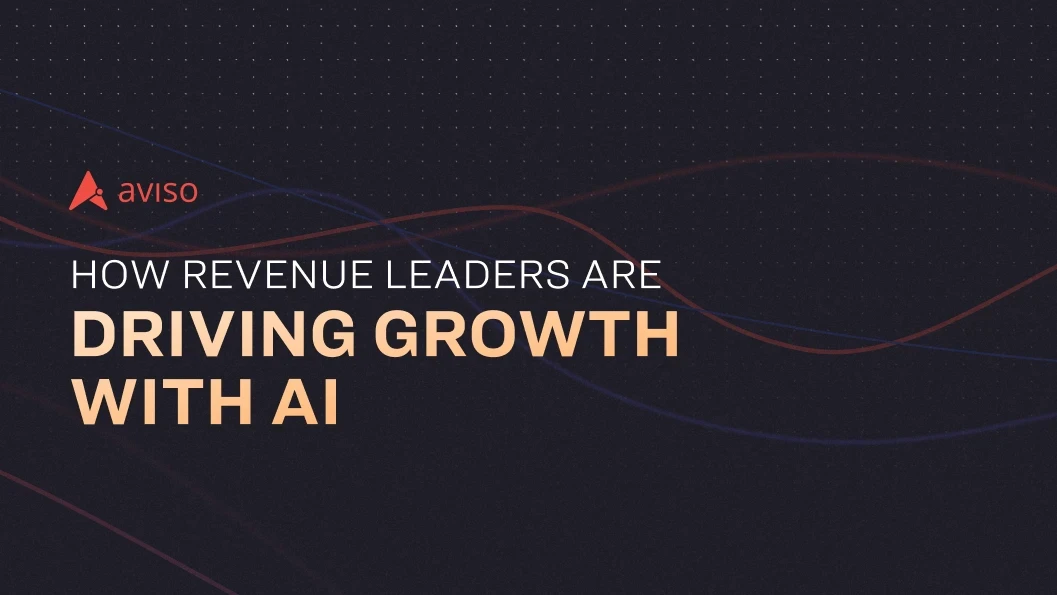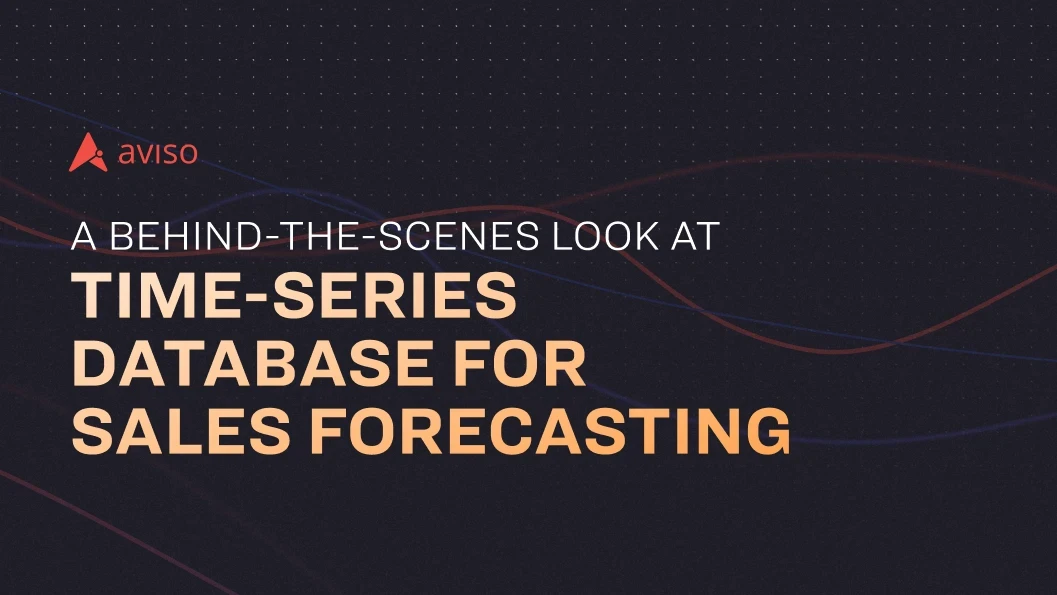Sales Forecasting: Four Things You Can No Longer Get Away With in Today’s Data-Driven World
Apr 13, 2017
1) Telling the Boss that “Forecasting is an Art” In my previous life, when asked for my forecast, I tried to convince my boss that while sales was certainly not a science, I alone had the black magic secrets to getting our forecast right. I knew my reps and managers well, and could use my excellent judgment to account for both sandbaggers and the overly optimistic. My spreadsheet was an all-telling oracle of knowledge that enabled me to determine the real time status of the business. This approach no longer flies in the world of AI and big data. Running on gut instinct and hunches alone doesn’t provide the accuracy needed to build confidence. Every aspect of life and business is being “money balled” right now, and the forecast is no different. Heck, even the Cubs won the world series by hiring a data guy! 2) Delivering the First forecast AFTER the QBR If you can believe it, we would deliver our first real bottoms-up forecast weeks into the quarter, after our Quarterly Business Review. At QBR, all the reps presented their pipelines and opportunities for the quarter and sales management asked questions in order to “scrub the pipeline” before submitting its first real forecast. If we were asked for a forecast before the QBR, we would submit a low confidence estimate based on historical results. We told peers and executives that we couldn’t provide an accurate forecast since the CRM data wasn’t cleaned up, and a thorough scrub of all deals would be coming in week 3 of the quarter. If you’re still doing it this way, it’s time to kill the QBR as a forecasting method. You simply can’t wait until the quarter is 25% done to get a handle on things. By then it’s often too late to take any real action to affect the quarter. 3) Using the 3X Pipeline Rule to Forecast Future Quarters I’m not sure how the “3X pipeline coverage” myth started, but we know that it cannot be universally true. First, with this method, each dollar of pipeline is treated the same. We know this is a flawed concept. Deals in later stages of the pipeline are more valuable than those in the early stage. Deals for proven products are more valuable than those for unproven products. Deals in industries where we have proven use cases are more valuable than deals in industries where we have few customers. We know giving equal weight to each deal in the pipeline is wrong, but we do it anyway. Second, it fails to acknowledge differences in deal types in our pipeline. We know that upsell deals closer faster and more reliably than new business deals, but we again treat them the same. Third, large deals tend to cloud our view of the pipeline. We use the large $1M type deals to convince ourselves that our pipeline is OK, when we know that the large deals are inherently risky, take longer to close and often close for lower amounts. Fourth, standard 3X pipeline coverage rules do not take“run rate,” or deals that enter the pipeline and close in the same quarter, into account. As the industry trends to include more land and expand deals and more mid market and SMB, we’re seeing a higher percentage of run rate business. As that trend becomes more prominent, it will clearly affect the pipeline that is needed at the beginning of quarter. We need better analysis and algorithms to calculate needed pipeline. The tools are there for us to do this, and we need to start using them. 4) Thinking the Weekly Forecast is Over When You Send “the Number” Upstairs In the past, when we finished the weekly pipeline review and scrubbed the forecast, we sent the number upstairs and headed to the bar with the reps to “keep them motivated.” Today the forecast is not the end of the process, it’s the beginning. Yes the forecast needs to be set upstairs so that the executive team knows what to expect. The CFO needs to ensure that we are matching expense to revenues, but in today’s world that not enough. If leveraged correctly, the data-driven forecast is the real-time dashboard that tells you where your business stands. If you are doing it properly, it will give you all the insights that you need to fix problems or take advantage of opportunities. If one region is doing well, they may need more reps to exploit the opportunity. If a region is doing poorly, a data-driven forecast will identify it early enough to fix it. The forecast should give you information about product lines, business segments and strength or weakness by industry. It should be broken down by business type – new name account, upsell, renewal. It should give you competitive data and insight into the effective of your sales process. In the past, we waited for the quarter to be over before analyzing this data and then reacted. You can’t do that today. You must be gathering, analyzing and actioning data in real time. We all know the world has changed. Every aspect of business is using data to make predictions and better decisions. Sales leaders must not be left behind. Ready to see your business in an AI-driven sales forecasting and insights platform? Schedule a meeting! ABOUT AUTHORAmit PandeAmit Pande is the EVP of Strategy & Growth and the CMO at Aviso. Amit joined Aviso in the summer of 2019 to take Aviso in a bold new product and go-to-market direction with AI. Amit previously led Marketing and Product teams at companies like Tact.ai, HP, Yahoo, and Oracle. He is a coffee and graphic novels lover and a volunteer with the Stanford Alumni Consulting Team for pro bono support of local Bay Area non-profits.Blogs by Amit Pande







